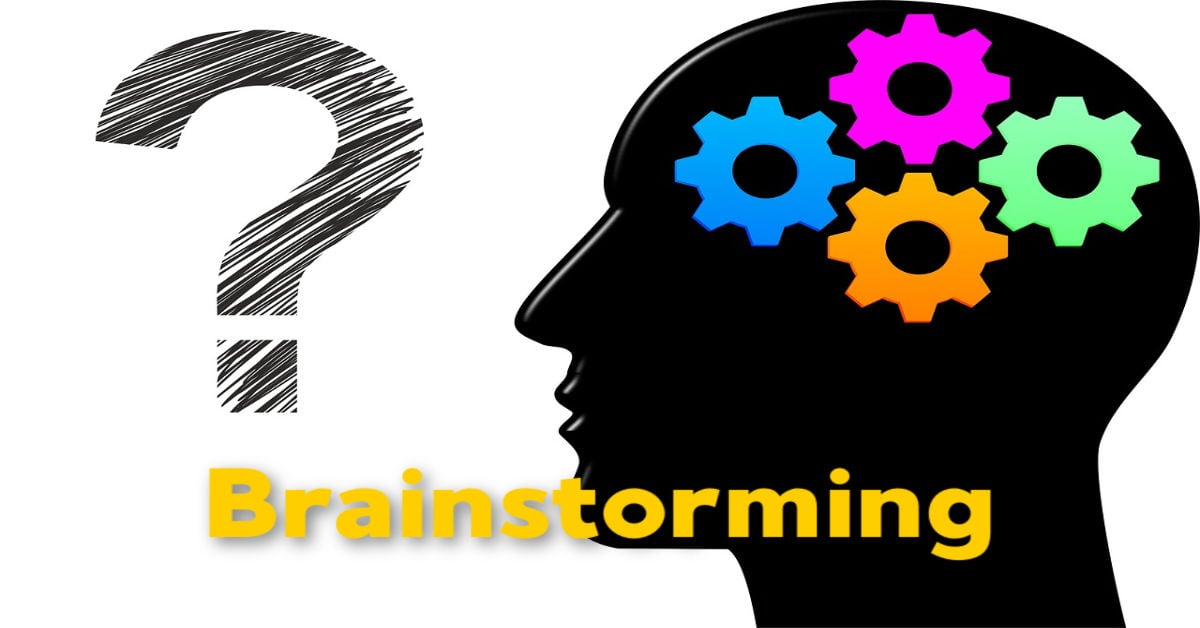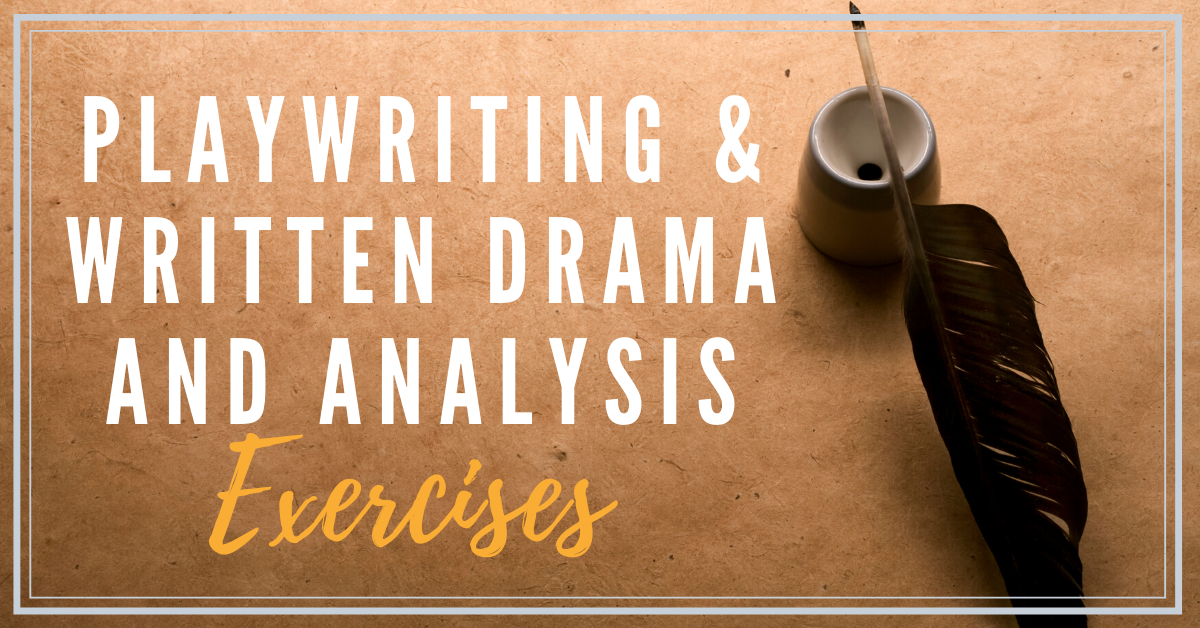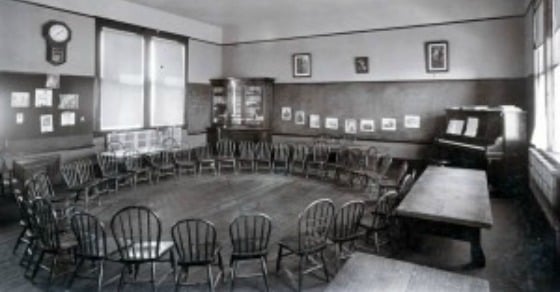Brainstorming
I’m working on a new play in a different way this month. It’s going to be from the ground up with a class. When we had the first meeting a student raised their hand and asked “What’s this play about?” and the answer was “We don’t know yet.” Ground zero, nothing written on paper, the only thing we know is the audience for the play.
It’s exciting, it’s of course daunting, and it’s great for adding a new spin to my own writing process. And our first step in this process was to brainstorm on form, topic and theme.
Brainstorming is an interesting technique if it’s used in a focused way. That may seem beside the point – come up with any idea! But only in this way! – but my experience has been that brainstorming is sometimes too vague of an exercise. It’s too vast. There is a place for anything goes writing, especially if you’re working on encouraging confidence in someone’s writing ability, but since I’m the one doing the writing this was not the place. For me, it was most important to hone in on what this group was thinking. What they wanted, how they wanted the play to take shape.
To that end that’s why we started with form. It would be pretty arrogant of me to write a play for a group and not give them any input on what kind of play it was going to be! What form do you want this play to take? Comedy? Kitchen sink reality, or something non-traditional? What kind of characters do you want to play? It’s a great place to start because it’s an that every drama student has an opinion on – if I could be in any kind of play this is what I would want to do.
I divided the students into small groups and had them discuss and decide on how they would finish the following sentence starters:
- I want the audience to remember…..
- I want to perform the kind of show that….
- My favourite character to perform is…
Next we moved to topic. The audience for this play is going to be middle school students so the first question to answer is, “Is the play going to be about Middle School life now, or what can Middle School students expect when they get to high school?” Two different slants which would end up with two different kinds of plays. This was a choice the group had to make, so the students discussed the possibilities and we went with the majority: What can MS students expect.
With that topic in mind, I moved to a combo independent writing/group discussion brainstorming. First, the independent brainstorming exercise – automatic writing. Automatic writing is my go to exercise for getting words on the page without censorship or self-criticism. That is the key component of brainstorming – words on the page. With automatic writing you get a topic and a time limit and the goal is to keep writing for the entire time. Don’t let self-criticism of what you’re writing, stop the writing. The Automatic writing prompt was:
In Grade 9 I wish I knew that….
And then to hone their automatic writing into a presentation form, students read aloud their writing (again, in small groups) and within the group chose five things (words, images, sentences) to present to the group. This was a fantastic exercise! So many ideas came to the surface. I had a full page of chart paper.
Lastly I had students discuss in their groups what they thought the most important themes were for their topic and why they were important. Essentially, this is determining what the play is going to be about. What the scenes are going to focus on. I gave them four possibilities:
- Issues
- Relationships
- School Life
- Self-Image
So we could have started here with our brainstorming. We could have started with what do you want the play to be about – isn’t that the most specific starting point? But the possibilities are endless. Play topics are far and wide. The play could be about anything. It is a pretty large topic if you don’t know what your form is, if you don’t know what you want your audience to remember, if you don’t know what your topic is. To ask the question first could lead to blank stares and blank pages. But by moving through this session, step by step, I feel the brainstorming contributions made at each point were thought out, interesting and really helpful for the process.



